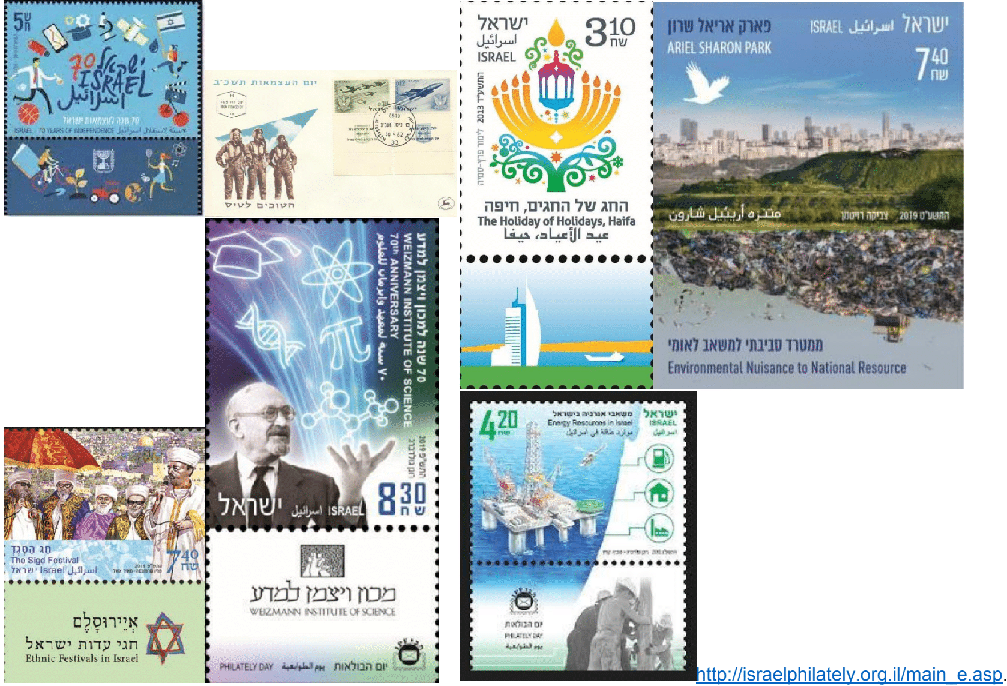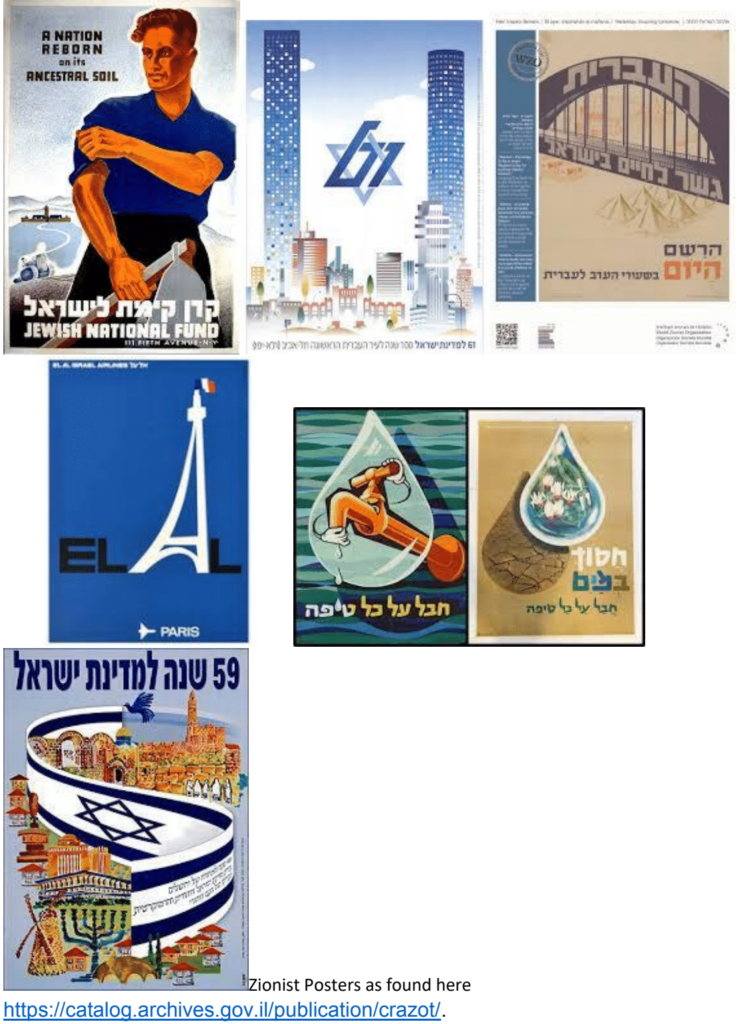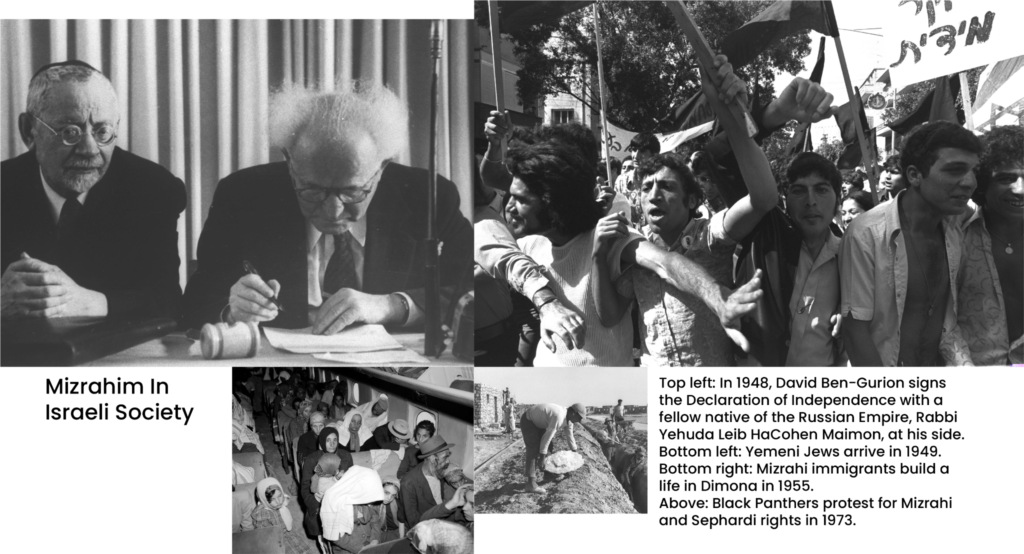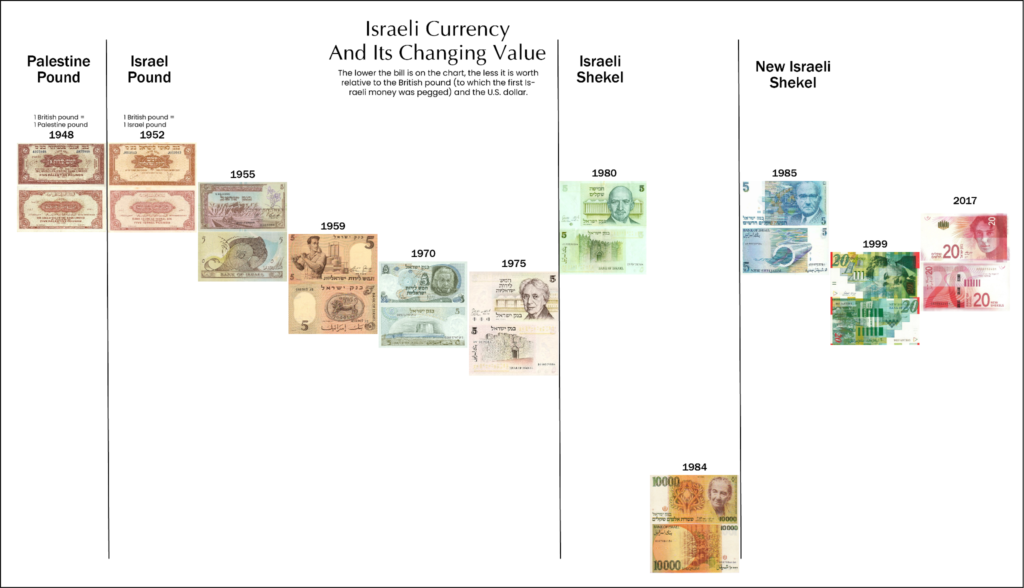
DEADLINE EXTENDED TO MARCH 15 FOR GRADES 9-12.
The Center for Israel Education presents an opportunity for students to win prizes and recognition by thinking deeply about Israel as it approaches its 75th birthday and submitting their creative representations of Israel’s challenges, successes and visions for the future.
The contest is open to students worldwide who can submit in English and is broken into three age groups: Grades 3-5; Grades 6-8; and Grades 9-12. CIE partners and experts will judge the entries and award gift cards worth $250 for first place, $150 for second and $75 for third in each group. The rest of the Top 10 will receive certificates of honorable mention.
Each entry will consist of three digital elements: a visual creation; a written document; and a submission form. See the details for each age category below, as well as samples, and click here to access the submission form.
Please note that we require information about both the student and a parent or guardian granting permission for the entry. CIE will not share personal information, although entry in the competition gives CIE the right to display and otherwise use the submission and to publicize the name, hometown, and school, synagogue or other organization of its creator. Click here for full contest rules.
This competition is about more than creativity and artistic ability. CIE expects students to put substantive thought into their projects and to explain their choices. The submission form will ask for the sources of information and visuals, and the judges will take both the artistic and written elements of each entry into consideration.
The competition closes at midnight ET on Feb. 15, 2023. No entries will be accepted after that time. CIE will announce the winners April 20, 2023. The deadline has been extended to March 15 for Grades 9-12.
Grades 3-5
Israel@75 Stamp
Each year the State of Israel issues stamps for everyday use and for special commemorations such as independence. These creative stamps showcase Israel’s successes and artists. Stamps have been used to raise money for the state’s future. They also have been used to show Israel’s people, places and accomplishments to those who receive letters around the world.
Look at the examples of stamps that Israel has produced and consider what message or accomplishment the designer wanted to share, then consider what message you would like to send people around the world about Israel in its 75th year. You can examine more Israeli stamps at http://israelphilately.org.il/main_e.asp.

Exercise your creativity and design a commemorative stamp for Israel@75. You can create the stamp using any artistic media and/or electronic device, but be aware that just adding the number 75 to the Israeli flag probably won’t be a winning entry. You must write a paragraph of 150 words or fewer to explain the design of your stamp. Your submission will consist of a high-res digital image of your stamp in .JPG, .PNG or .PDF format and your paragraph pasted into the entry form.
Grades 6-8
Zionist Poster
Jewish institutions in both pre-state Palestine and post-independence Israel have produced hundreds of posters, usually to inform the public of national initiatives and to garner support for national policies. Much like symbols and anthems, these posters have fostered a stronger sense of Jewish nationalism and engendered pride in the endeavor to establish and preserve self-determination in the Land of Israel. These posters provide a unique perspective on the challenges and achievements of the Jewish people over time. Look at the posters below and consider these questions:
1. What is the main topic? Where can you see the main topic (words, people modeling desired behaviors, symbols)? Why is this topic important to Jewish state-building, self-determination and/or state-keeping?
2. Who designed the poster and for whom? How can you tell for whom the poster is intended (language, imagery, symbolism)?
3. What is the historical context? How do events or circumstances of the time affect the poster’s design? What is the need for and purpose of the poster in its time period?
4. How is content presented? Which symbols are used? Are they unusual or typical? Are they complex or simple? How do symbols connect to the main topic of the poster? Are they of religious, national, social or other significance? What can be inferred from the use of symbols about the views, intentions and interests of the creator? How are colors used? What is in the foreground and the background, and why is this important? If there are people in the poster, how are they dressed? What are their facial expressions? What are they doing? Why are they significant? If there are words, in what language? What is their role? Are the words from Jewish religious sources, or are they in the common language of the time? What are the connections between the words and the imagery?
5. Why is the message significant? Is the poster impactful? Does its design contribute to its message and purpose? How do you think this poster influenced the target audience? How does the poster compare with others of the same time or topic?
You can see more examples at https://catalog.archives.gov.il/publication/crazot/.

As Israel approaches its 75th birthday, consider what it should celebrate, what it must do better or what support it needs from the Diaspora, and represent it in your own Zionist poster. Be thoughtful about the images, colors and slogans. Try to make your poster compelling for your target audience. You can create the poster using any artistic media and/or electronic device. You also must write a paragraph or two (250 words or fewer) explaining your message and your design choices. Your submission will consist of a high-res digital image of your poster in .JPG, .PNG or .PDF format and your paragraph pasted into the entry form.
Grades 9-12
Israel@75 Exhibit for Israel’s 75th Birthday
The story of Israel is not finished. It is the story of a state in the making that is ever-evolving. This is true for its relationships with its neighbors, its borders, its economy, its technological advancements, its organizations and institutions, its society and culture, the role of religion in the state, its humanitarian aid around the world, its representation in sports, Hebrew language, and so much more. Israel continues to grapple with challenges and to celebrate its achievements.
Visual representations — photo montages, timelines, animation, videos, dioramas, documents, artifacts and more — can bring the changes of society to life for a museum commemorating Israel’s 75th year of sovereignty.
For example, someone touring a similar museum in 1973, commemorating Israel’s 25th year of independence, might have encountered an exhibit showcasing the experience of Mizrahi Jews in Israel. The curator could have used the following set of photos to show the dominant position of Ashkenazi leaders such as David Ben-Gurion at independence in 1948, the mass immigration of Jews from Arab states in Israel’s early years, the tough conditions for those immigrants in development towns and the eruption of the Black Panther civil rights movement in the early 1970s. Note the use of different photo sizes to convey perceptions of power at different times.

As a second example, a museum showing a video for Israel’s 50th birthday in 1998 could have demonstrated the evolving Israel-Jordan relationship with news clips: Jordan’s first king, Abdullah I, visiting Jerusalem to pray during the war in 1948; Israeli troops capturing Jerusalem’s Old City in the 1967 war; Jordan’s second king, Hussein, joining Israeli Prime Minister Yitzhak Rabin to sign a peace treaty in 1994; and Hussein flying to Jerusalem to join Prime Minister Benjamin Netanyahu in visiting a family sitting shiva after a Jordanian soldier killed seven Israeli schoolgirls at the Island of Peace on the border in 1997.
Video example:
As a third example, a timeline marking Israel’s 70th birthday in 2018 could have shown the different currencies Israel has used in its short history, their changing values and their evolving looks.

Your task for the contest: For a museum staging an exhibit for Israel’s 75th year, create a visual representation of how one aspect of Israel has changed from 1948 to now. You must include something showing the status in 1948, something from the past year to show the current status, and at least two items from moments in the intervening 75 years. The combination of those visuals should show the process of change. You can use existing images, existing objects, and/or images or objects you create. Your representation can be physical or virtual, created with your choice of materials or applications. Your creation could include photos, artifacts, timelines, re-created objects, documents, videos, animation, or any other visual representation that fits your skills and interests. The minimum number of elements in your creation is four; the maximum is 10.
In addition to CIE’s website (https://israeled.org), good places to search for ideas and visuals include the National Photo Collection maintained by the Israeli Government Press Office (http://gpophoto.gov.il/haetonot/Eng_Default.aspx), the National Library of Israel (https://www.nli.org.il/en), the Jewish Telegraphic Agency archive (https://www.jta.org/archive), the Jewish Virtual Library (https://www.jewishvirtuallibrary.org/), British Pathé’s newsreel collection on YouTube (https://www.youtube.com/c/britishpathe) and the Central Zionist Archives (http://www.zionistarchives.org.il/en/Pages/Default.aspx).
Your submission will consist of a presentation of your exhibit in .PPTX, .PDF, .MP4 or .MOV format, along with a written exhibit introduction in 500 words or fewer to address what you are representing, how it has changed, and how the visuals you have chosen demonstrate that change. You may choose to describe how or why this process is important to you, why it is important for someone in the future to understand, and how you hope this process will unfold for the future of the State of Israel and the Jewish nation worldwide.
